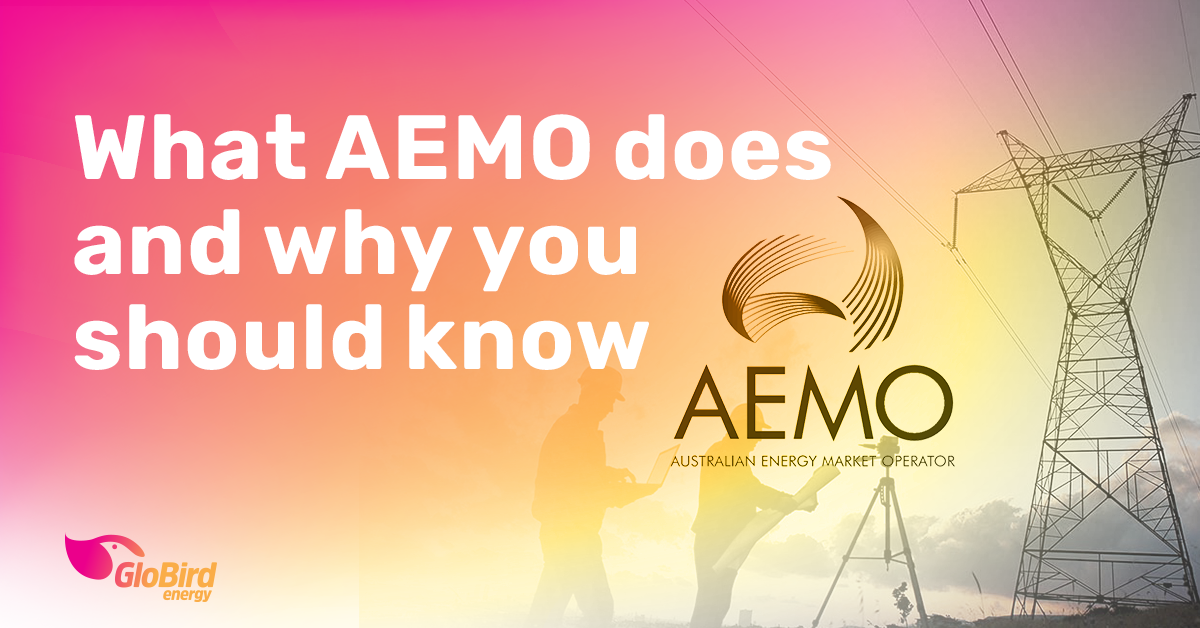You probably heard about the Australian Energy Market Operator (AEMO) suspending trading on the wholesale electricity market a couple of weeks ago.
It was an unprecedented step AEMO says was forced by a surge in the wholesale price of electricity, which resulted in it capping the price at $300 per megawatt-hour which, in turn, saw some generators withhold supply because the cap was below their cost of production.
When it said it would set prices directly and compensate generators for the shortfall, even some stakeholders were surprised by the move.
When it asked consumers in New South Wales to temporarily reduce their energy usage, the role of AEMO in keeping the lights on became a bit clearer to the average Australian.
There are several national bodies involved here
To understand the alphabet soup of Australia’s energy governance and regulatory bodies, we need to look at how and when they were set up.
The National Energy Market (NEM) began operating in 1998. The Energy National Cabinet Reform Committee (ENCRC) created a governance structure, consisting of three bodies, to oversee the nation’s energy market.
The Australian Energy Market Commission (AEMC) is the expert energy policy adviser to Australian governments, making and revising energy rules.
The Australian Energy Regulator (AER) regulates wholesale and retail energy markets, and energy networks, under the national energy legislation and rules created by the AEMC.
AEMO is the body that actually manages the electricity and gas systems and retail markets across Australia.
The National Electricity Market (NEM) spans five regional markets and allows electricity to be traded between states. The NEM governance structure was designed to deliver effective competition, provide clear accountabilities, and support investment certainty in the energy sector by separating decisions on government policy (AEMC), energy regulation (AER), and energy system operation .
the
You might have also heard or read about ARENA, the Australian Renewable Energy Agency, and AEMA, the Australian Energy Market Agreement.
What AEMO does
The simplest explanation of what it does is that it works with those in the energy industry to keep the lights on for all Australians.
The slightly longer version is that its role is to ensure Australians have access to affordable, secure, and reliable energy.
It is not the body that polices the system, making sure that rules are being followed. That’s the AER’s role.
And now, the longer version, as it outlines on its website:
“AEMO’s primary role is to perform the functions and exercise the powers given to us under national and Western Australian electricity and gas laws.
These functions seek to promote the efficient investment in, and efficient operation and use of, gas and electricity for the long-term interests of Australian consumers in relation to price, quality, safety, reliability and security. This translates to the following areas of responsibility:
- Maintain secure electricity and gas systems.
- Manage gas and electricity markets.
- Lead the design of Australia’s future energy system.”
We probably can’t make that any clearer.
How does AEMO do its job?
AEMO staff work from centralised and 24/7 control rooms, monitoring system performance and security.
These are the people who ensure that the capacity to produce and transport energy can meet demand. In the NEM and WEM (Western Australia’s Wholesale Electricity Market).
At the same time, they manage the essential services that support a secure electricity system, such as regulation balancing, frequency control, inertia and system strength, voltage management, and system restart capabilities.
If an energy-related event or emergency occurs, it works with governments, emergency services, and energy industry participants to manage systems through the emergency and restore them to a secure operating state as soon and safely as possible.
What about making changes?
In the current landscape, planning for the future and helping to implement any changes to the electricity market as smoothly as possible has become a bigger part of it’s job.
There are many experts in the field at AEMO who perform the critical functions of forecasting and modelling potential and/or developing changes.
They are constantly producing and reviewing short-term, long-term, and operational predictions of demand and supply. This enables them to provide vital information about forecast risks to supply to market participants.
If there are planned outages, new generators are due to come online, or gas supply levels are unusually low (as we saw in this recent intervention), it’s people at this organization who are tasked with assessing and planning for those changes and their impacts on the system.
The bigger picture
By doing all of those things we’ve mentioned, AEMO has the best understanding possible of all the many factors that can and do impact on the energy sector.
This puts it in a strong position to provide longer-term analysis and advice around market performance, issues, and trends to all participants and stakeholders.
Not only is that information and advice crucial in helping those industry stakeholders and participants make effective decisions, it also helps to improve the overall efficiency and transparency of our energy markets.
As Australia’s energy landscape continues to go through significant, transformational changes, AEMO will be the major contributor to designing an energy system that works for all of us.
Ensuring the power system remains stable during demand surges or equipment failures is one of its key responsibilities. It is a not-for-profit company limited by guarantee, jointly owned by government and industry participants. The organization also coordinates Australia’s wholesale gas market, ensuring alignment with electricity supply and national energy goals. Retail energy providers rely on market data and forecasts from it to offer competitive pricing and maintain supply reliability.
Australia’s electricity demand is rising fast — see what AEMO says about the urgent need for more generation. Read the full article on AEMO needing more electricity to stay informed.

